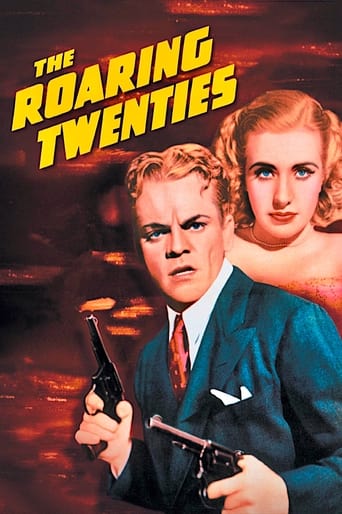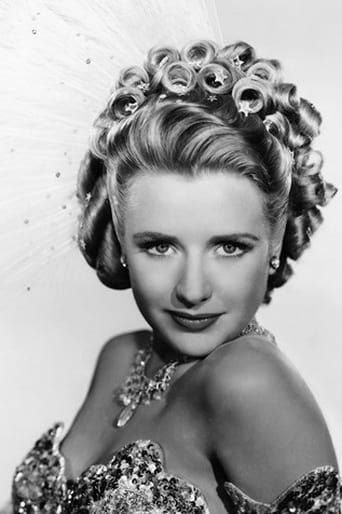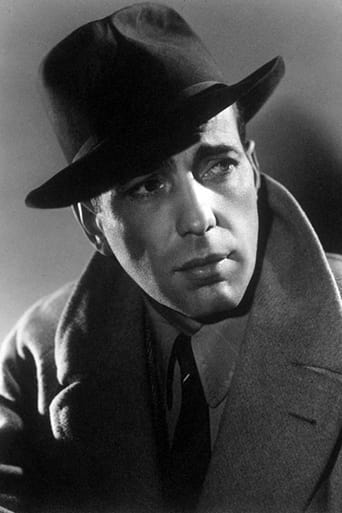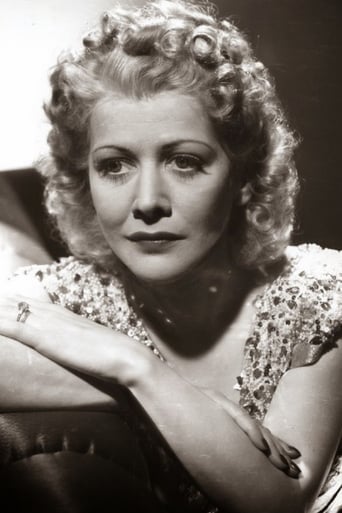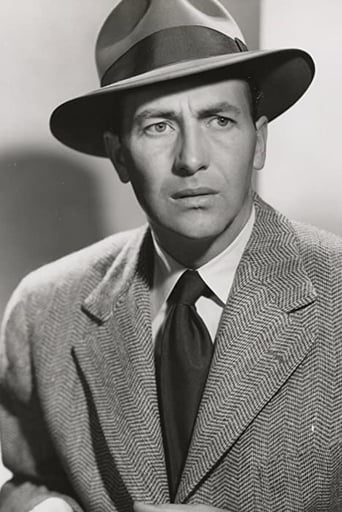ElMaruecan82
To understand why the gangster genre is the most emblematic of the 30's, all you have to do is watching "The Roaring Twenties", Raoul Walsh' gangster flick, the first deserving of the epithet 'epic' as it spans almost fifty years, focusing on the highs and lows of Eddie Bartlet, a character that crystallizes all the gangsters' facets with a novelty lying in his three-dimensionality."The Roaring Twenties" was released in 1939, the year that opened the glorious Golden Age of Hollywood (Fleming, Capra, Disney...) and pulled the curtain on the gangster genre. The film is an occasion to explore the myth of the gangster, a figure that deserved a eulogy after having affected American pop-culture, enriching it, with such new icons: Capone, Edward. G. Robinson and vocabulary : bootlegging, speakeasy etc. The film is like the ancestor of Martin Scorsese's "Goodfellas" where we follow the immersion of a man in the criminal world, paralleled with the evolution of the country during a roaring decade.Like the 60's, the 20's had the flashiness, the flamboyance and the gripping documentary-like realism of Scorsese's classic, another thing that makes it so modern.Naturally, only Cagney could have pulled such a magnificent performance, capable of being believable and inspiring your empathy, even by belonging to the wrong side of the law. Contrarly to previous flicks, in "The Roaring Twenties",the man isn't a criminal yet when we meet him in this foxhole with Hally and Hart, respectively played by Humphrey Bogart and Jeffrey Lynn. Cagney is Eddie Bartlet, a garage worker, and whose heroic status as a World War I vet doesn't prevent him from unemployment, he put his life at stakes to find his job taken. From disillusions to disenchantment, he turns into a cab driver whose naivety leads to be arrested with a bottle during the prohibition. He's pulled in the business by an aging manager, Panama Smith, who'd teach him the ropes of business. Gladys George is perfect to an Oscar-worthy level as the only woman who understands Eddie, in a performance that could belong to a movie made today.The admirable modernity of "The Roaring Twenties" isn't just on the acting or storytelling department, it also relies on a fascination paradox as the film is very close to gangster classics yet distant in the same time. Even the Hayes Codes seems to have lost its influence on film-makers, the gangster isn't born a hoodlum, he's not a sociopath, nor an ambitious emigrant. Bartlet is everything but the seminal gangster, he's just a man who didn't get the respect the country owed him. He embodies the contradiction of a Michael Corleone who came as a hero, only to get punched by a corrupt cop while he was protecting his father. Bartlet is obviously a good guy corrupted by the evolution of the society that elevated the gangster to the rank of 'big shot', and "The Roaring Twenties" is the first gangster film to point an accusing finger on society and depict the gangster as a victim of circumstances, as a man who chose to live the American Dream his way, because there was no other alternative.Loaded with this thought provoking honesty, the film focuses on the prohibition period but allows us to go much further and approach the economical consequences of the abolition, and the way the economical crash made everything collapse. "Bonnie and Clyde" would be more explicit but "The Roaring Twenties" doesn't overlook the new type of criminality, more dangerous because unseen, that caused even more troubles than lousy bootlegger, who at least, made people happy. Troubles that would finally end with the War, when America would enlist. The merit of "The Roraring Twenties" is to make a sort of eulogy to the gangster figure who encapsulates all the evolution of American society: an average nobody, who wanted to be a big shot, succeeded for a time and lost everything."The Roaring Twenties" is an exhilarating slice of American life, depicted with an accurate and entertaining style. All the archetypes of the genre are featured, the blonde sensual girl, the night-club, the shoot-outs, the corrupt cops, the chases, the machine guns, the fist fights, revenge … and an interesting trio representing each possible evolution : a honest and decent man, an unrepentant killer, and in-between, the kind of gangster we 'like' as a character. Prsicilla Lane who looks like a 30's version of Hayden Pannetiere is the little doll who conquers Bartlet's heart and naturally, as if he had to make up for his sins, not only he would let her to his friend but he'd have to prevent Hally from killing the lawyer who 'knows too much'. "The Roaring Twenties" has a touching way to demonstrate that Crime doesn't pay, and not just in terms of money, yet it always has an option for redeeming oneself. A criminal is still a criminal, and since "Angels with Dirty Faces", the redemption is a necessary step of the gangster's arc.But in a way, it's the whole gangster figure and genre, harassed by an unfair Code, that is redeemed. And the last sacrifice, with the same religious resonance than "Angels with Dirty Faces" is absolutely mind-blowing and concludes with an operatic pessimism the journey of the gangster during the 30's, a figure that owned a decade but didn't belong to the new order. Gangsters can either be jailed, killed, or crawl like rats, Cagney, like the greatest antiheroes, like Pechnipah's characters chose to die in a blaze of glory."The Roaring Twenties" is probably one of the least seen gangster classics but it's certainly one of the most insightful, the most modern, and the more I think about it, one of the best.
